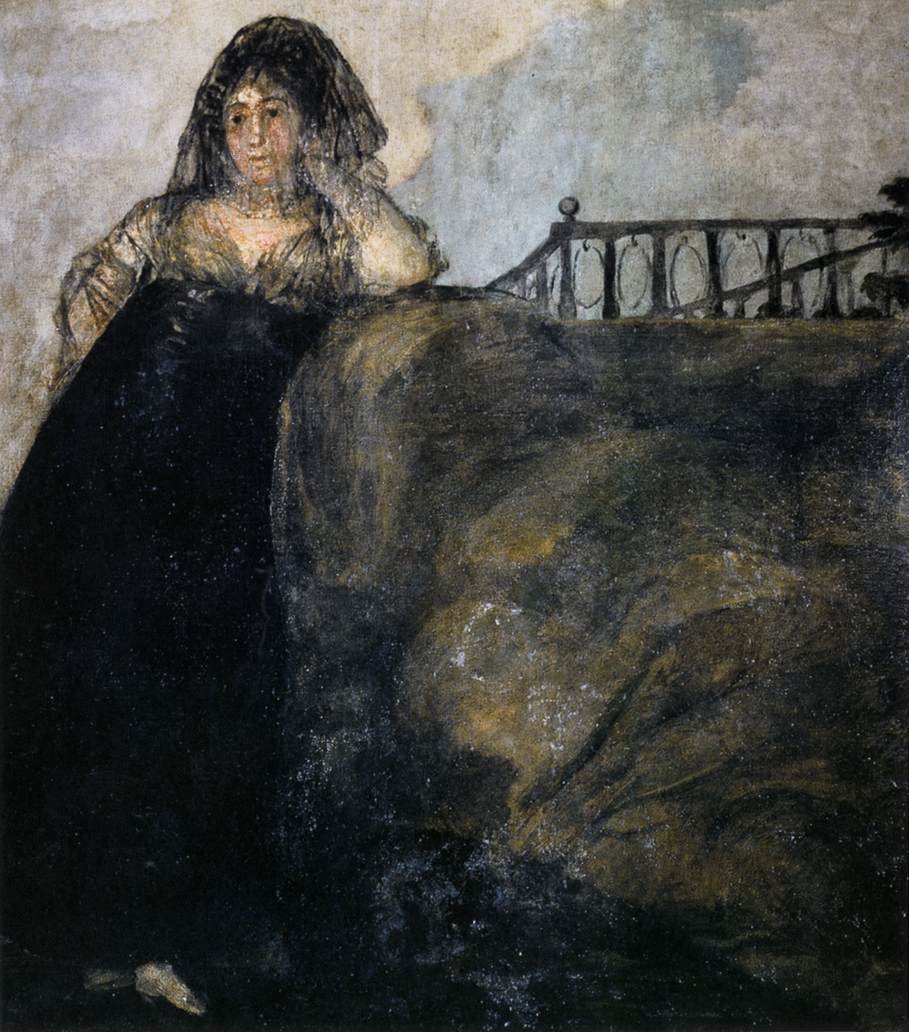Description
The painting Manola, also known as La Leocadia, is one of the most interesting works of the Spanish artist Francisco De Goya Y Lucientes. This work was painted in 1819 and is in the Prado Museum in Madrid.
Goya's artistic style is characterized by his ability to capture reality in a stark and realistic way. In Manola, the artist uses this technique to portray a woman of the time dressed in a typical costume from the Aragon region.
The composition of the painting is very interesting, since Goya uses a lighting technique that highlights the figure of the woman in the center of the work. The light falling on her face and dress creates a dramatic, realistic effect that makes the figure appear to be alive.
The color used in the painting is very subtle and realistic, giving it a very natural and authentic look. The brown and gray tones used in the dress and the background of the work create a sober and realistic atmosphere that reflects the reality of the time.
The story behind the painting is also very interesting. The figure portrayed in the work is Leocadia Zorrilla, a woman who was Goya's lover during the last years of his life. It is said that Goya painted this work as a tribute to Leocadia and as a way of expressing his love for her.
Also, there are little-known aspects of the painting that make it even more interesting. For example, it is said that Goya used his own daughter as a model for the figure of Leocadia, which gives the work an even more personal and emotional aspect.
In conclusion, the painting Manola by Francisco De Goya Y Lucientes is a very interesting and significant work of art. Its artistic style, composition, color, and the story behind the work make it a unique and emotional piece that continues to captivate viewers to this day.

